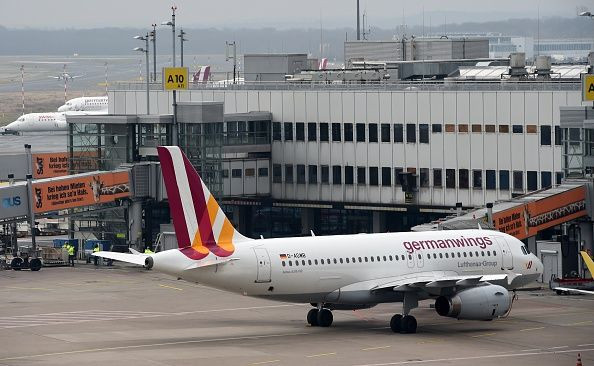Are Low-Cost Airlines Less Safe Than Their Full-Service Counterparts?

Germanwings, the airline operating Flight 4U 9525 that crashed in France on Tuesday killing all 150 on board, is one of the many budget airlines that have proliferated around the world since it first launched in the 1980s. Today, business is booming: In 2013, low-cost carriers captured 23 percent of market share by departures in the global aviation industry, according to aviation data site Airline Profiler. But have these airlines managed to turn a profit by cutting corners on safety? Both experts and aviation safety statistics indicate that the answer is a vehement no.
“Low-cost carriers get their savings from efficiency and less money spent on customer service rather than by skimping on safety issues,” said Max Leitschuh, a transportation analyst for iJET International. “In places like North America and Europe, where there’s a well-regulated airline industry, they are not going to let any airlines get away with sub-standard safety practices. The major budget carriers have very good safety records. In fact, many of them have never had a crash before.”
The numbers bear that out. Both Ryanair and EasyJet, Europe’s two largest budget airlines, have never had any fatalities or major safety incidents. Neither have JetBlue and Spirit in the U.S. And in the latest annual safety index of the world’s 60 largest carriers produced by the Jet Airliner Crash Data Evaluation Centre in Germany, four low-cost carriers (JetBlue, WestJet, Southwest and Ryanair) were actually rated safer than American Airlines, the world’s largest carrier, which ranked 39 out of 60. JetBlue was in the top 10, coming in at ninth place.
In the 10 worst aviation accidents in Europe, no low-cost carriers were involved, while the 10 worst aviation accidents in North America had one on the list: Pacific Southwest Airlines in 1978.
Asia, where regulatory standards vary widely and low-cost carriers are booming, is not as clear cut. Budget carrier AirAsia, for example, suffered a major crash in January but had a spotless record until then. But Indonesia’s Lion Air -- with eight incidents since 2002 -- has an atrocious safety rating and has actually been banned by the EU.
“Asia is much more of a mixed bag, both in terms of the airlines and the regulatory authorities,” said Leitschuh. Certain authorities like Singapore’s are excellent. Malaysia’s regulatory agency is mediocre, while Indonesia has major problems, he said. “But just because there’s poor regulation still doesn’t mean the carrier is unsafe -- it’s just on the carrier to regulate itself.”
Until this week, Germanwings had an unblemished safety record in its 13-year history. And while investigators have not yet determined the cause of Tuesday’s tragedy, it’s unlikely that it had anything to do with Germanwings’ low-cost status.
“It’s unfortunate that this happened to a budget airline, but it’s not related to the fact that it’s a budget airline,” said airline industry expert Henry Harteveldt. “They have to maintain the same safety standards, especially in Europe, where more than 60 percent of flights are operated by low-cost carriers.”
The way budget airlines do save money is by packing more passengers into tighter spaces, limiting customer service and operating efficiently.
“When you pay less at a budget airline, you do get what you pay for -- it’s just less in terms of frills and customer service, not less in terms of safety,” said Leitschuh. “Any airline anywhere in the world knows that crashes or a reputation for poor safety is bad for business. That reputation will lose an airline far more money than it would (gain) by cutting corners on safety.”
© Copyright IBTimes 2024. All rights reserved.





















